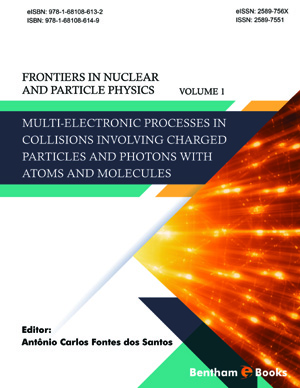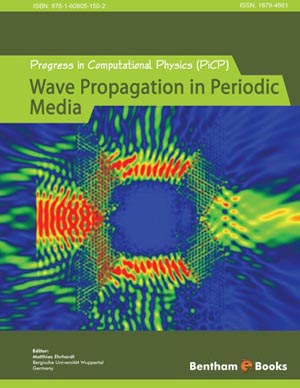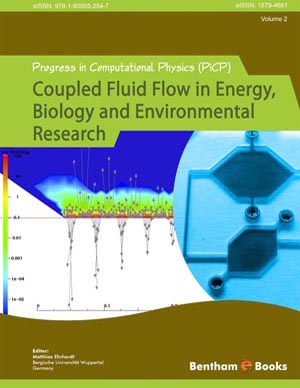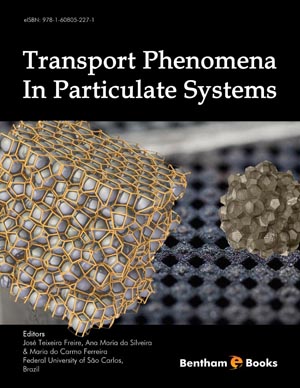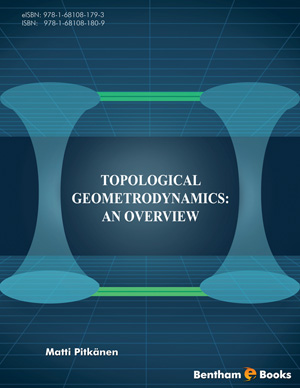Abstract
ZZ Ceti, V777 Her and DQV stars are white dwarfs with pulsations excited by convective driving. The highly distorted light curves in some of these stars provide information about the convective zone. In V777 Her itself, rotationally-split multiplets allow mode identi cation and a successful asteroseismological solution. The frequency spacings of the multiplets vary in a way which is not understood. A remarkable event occurred some years ago when V777 Her suddenly changed its pulsation characteristics in a very short time. Pulsations in DQ stars are probably caused by convective driving in the ionization zones of HeII or C (or both). Two recent suggestions for the so-called DB gap are discussed. Models indicate that the nuclear ε mechanism may be e ective in certain regions of the HR diagram, but so far no variables have been found in the predicted regions. The rates of period change in the pre-white dwarf GW Vir stars are puzzling. GW Vir itself has a very large number of frequencies and rotationally split multiplets which has led to a successful asteroseismological study. Di usion increases the abundance of Fe-group elements in the driving region of subdwarf B stars, leading to pulsations driven by the κ mechanism. While models can successfully reproduce the pulsation periods in the short-period V361 Hya group of sdB stars, this is not the case for the long-period V1093 Her group. The location of the instability strip and periods in these stars present a challenge. A number of asteroseismological solutions exist for V361 Hya stars by direct matching of observed and calculated periods. Recently a sdO star was found to be pulsating. Pulsations in He-rich subdwarfs and in extreme helium B stars are also discussed.






